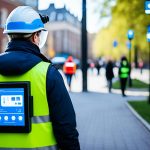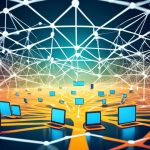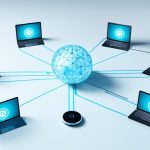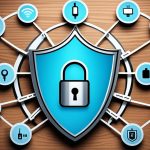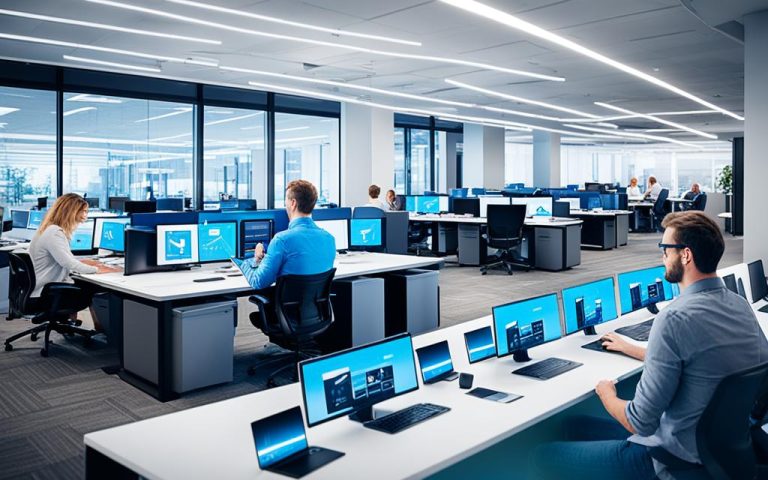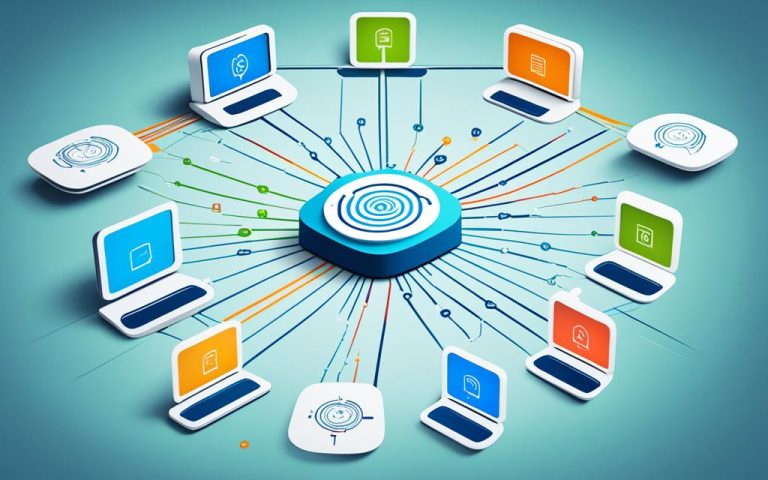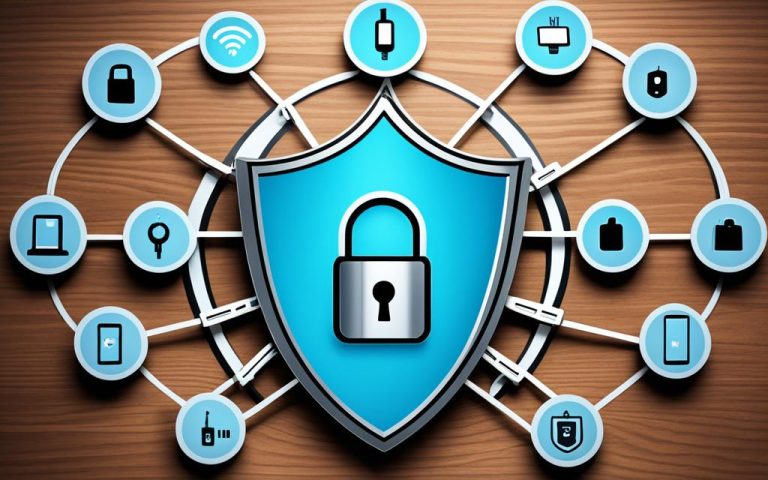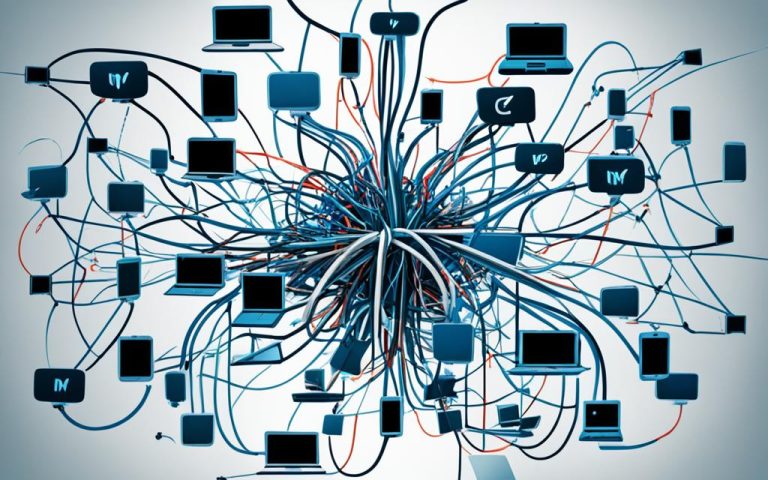Collaborative learning is an essential aspect of education, promoting active engagement, knowledge sharing, and the development of a strong learning community. One effective approach to foster collaborative learning is through the use of Personal Area Networks (PAN) in education. These networks connect learners with shared interests, facilitating communication, collaboration, and the exchange of ideas.
By leveraging PAN in education, students can create a dynamic and supportive learning environment where they can work together to achieve common goals. Collaborative learning networks empower learners to take ownership of their education, driving local change and innovation within their respective contexts.
In this article, we will explore the role of PAN in education, the importance of collaborative learning, and how it can create a vibrant learning community. We will also discuss the impact of skilled facilitation and technical support in fostering effective collaborative learning networks.
Join us as we delve into the world of collaborative learning, uncovering the power of PAN in education and its potential to transform the learning experience.
The Importance of Building Trust and Engagement in Collaborative Learning Networks
Trust and engagement are crucial elements in the success of collaborative learning networks. In order for members to fully participate and contribute to the network’s objectives, they need to feel a strong sense of shared purpose and ownership. Building an inclusive and safe environment is essential for fostering trust and cultivating engagement among network participants.
When learners trust one another and the network as a whole, they are more likely to be open and willing to share their ideas, perspectives, and knowledge. This creates a collaborative atmosphere where individuals feel supported and valued, leading to increased engagement and participation. Trust also enables constructive feedback and healthy discussions, which are essential for collective learning and growth.
“Trust is the glue of life. It’s the most essential ingredient in effective communication. It’s the foundational principle that holds all relationships.” – Stephen Covey
To build trust within collaborative learning networks, it is important to create opportunities for networking and relationship-building. This can be achieved through various means, such as online forums, virtual meetings, or collaborative projects. These interactions allow individuals to get to know each other on a personal and professional level, fostering connections and building trust over time.
Another key aspect of building trust is striking a balance between healthy competition and cooperation within the network. While healthy competition can motivate participants to strive for excellence and achieve their goals, an environment of cooperation encourages collaboration and knowledge exchange. By embracing both elements, participants can benefit from the diversity of perspectives and experiences, enhancing the collective learning experience.
“Engagement is the key to success. You have to maintain it real, current, and relevant for students to stay connected and motivated.” – Angela Maiers
Successful facilitators in collaborative learning networks understand the importance of nurturing engagement among participants. They recognize that different individuals have varying levels of engagement and priorities, and therefore provide meaningful opportunities for their active involvement. This can include assigning specific roles, encouraging peer-to-peer learning, or promoting interactive discussions.
Engagement can also be fostered by creating a sense of ownership within the network. When participants feel that their contributions are valuable and have an impact, they are more likely to be actively engaged. Facilitators can empower learners by giving them opportunities to lead discussions, share expertise, or contribute to decision-making processes. This collaborative approach cultivates a sense of agency and responsibility, enhancing overall engagement.
To summarize, trust and engagement are vital for the success of collaborative learning networks. By fostering trust, creating safe spaces, and balancing competition and cooperation, participants are motivated to actively contribute and learn from one another. Facilitators play a crucial role in understanding participants’ engagement levels and priorities, providing meaningful opportunities for their involvement. In the next section, we will explore how to drive local change in collaborative learning networks.
Driving Local Change in Collaborative Learning Networks
To drive local change in collaborative learning networks, it is crucial for members to have the authority to make decisions and allocate resources within their specific contexts. By empowering participants with decision-making power, collaborative learning networks can foster a sense of accountability and shared purpose among their members.
A team-based approach further strengthens this shared accountability, as it encourages active participation and facilitates a collaborative effort towards achieving common goals. By working together, participants can leverage their collective expertise, resources, and perspectives to drive meaningful change and improvement within their learning networks.
One effective way to identify the “right” members for a collaborative learning network is through an expression of interest process. This process allows potential participants to express their commitment, interests, and expertise, helping to build a diverse and knowledgeable network of individuals who are passionate about driving local change.
Engaged learners within a collaborative learning network exhibit a strong sense of responsibility for each other’s learning and success. They actively contribute to the knowledge and growth of their fellow participants, fostering a supportive and collaborative learning environment.
Clear and effective communication about the purpose of the network is vital in ensuring active engagement and knowledge transfer among participants. By establishing a shared understanding of the goals and objectives of the network, participants can align their efforts and work collaboratively towards driving local change and achieving desired outcomes.
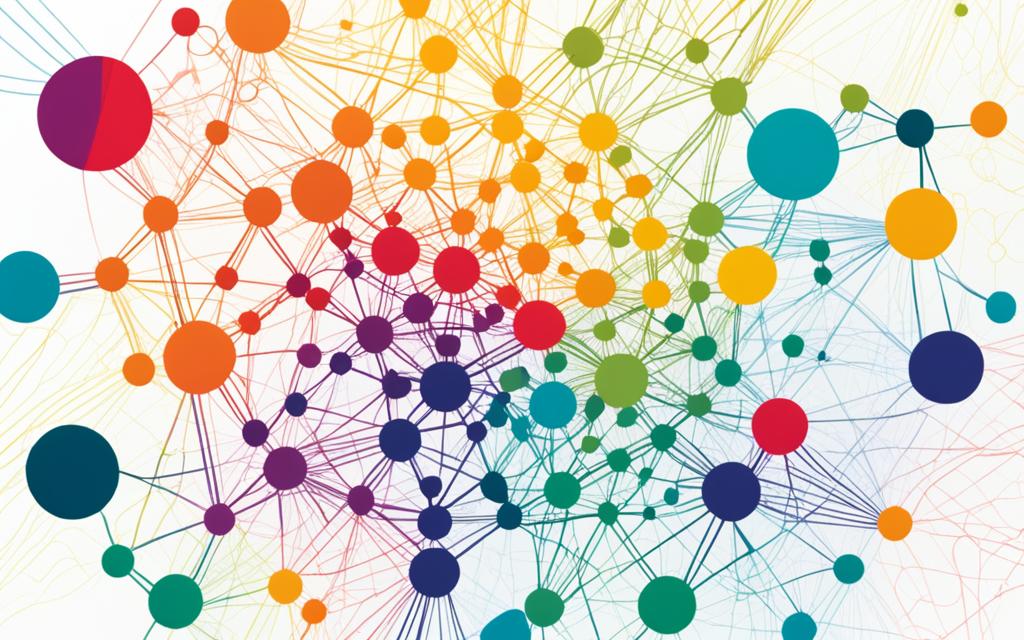
The Role of Technical Facilitation in Collaborative Learning Networks
Skilled technical facilitation is essential for the success of collaborative learning networks. Facilitators play a crucial role in creating an environment that fosters interaction, learning, and knowledge sharing among participants. They respond to participant demand, frame the learning agenda, and provide guidance and support throughout the network’s activities.
One of the key responsibilities of technical facilitators is to help identify shared interests and priorities among network members. By understanding the needs and goals of the participants, facilitators can design and implement network activities that align with these interests. This collaborative approach ensures that the learning experiences are relevant and meaningful for all involved.
Furthermore, technical facilitators possess the expertise necessary for effective network management. They are adept at utilizing various technological tools and platforms to facilitate communication and collaboration among participants. By leveraging their technical skills, facilitators can enhance the overall learning experience and maximize the benefits of collaborative learning networks.
Ultimately, skilled technical facilitation contributes to the effectiveness of collaborative learning networks by creating an engaging and supportive environment for participants. Through their guidance and expertise, facilitators empower learners to actively engage with the network, exchange ideas, and acquire new knowledge and skills.
Balancing the Role of Facilitator and Learner in Peer Networks
Joining a peer network as a facilitator requires a delicate balance between facilitating and learning. To ensure a successful experience, it’s crucial to have a clear purpose and goals before joining a network. This clarity will guide your actions and contributions, allowing you to make the most of your role as a facilitator in the network.
When choosing or creating a network, consider your personal style, preferences, and areas of expertise. A network that aligns with your interests and values will enable you to thrive as both a facilitator and a learner. By joining a network that resonates with you, you can contribute meaningfully and engage with fellow participants more effectively.
Respecting and adapting to the norms and culture of the network is another key aspect of balancing the facilitator and learner roles. Each network has its own set of established practices and etiquette, and becoming familiar with these norms will foster a positive and harmonious environment. By respecting the network’s guidelines and adapting to its unique culture, you can navigate interactions smoothly and build strong connections.
Actively listening, asking questions, and openly sharing knowledge and experiences are vital for maintaining a balanced role in the network. As a facilitator, your responsibility includes fostering learning and collaboration. Actively engaging with other network participants, offering support, and facilitating discussions will contribute to a rich learning environment for everyone involved.
Seeking diversity and feedback is an integral part of maintaining balance in a peer network. Embracing diverse perspectives and actively seeking feedback from others enhances learning and broadens your horizons. Encountering different viewpoints and ideas challenges your assumptions and helps you improve your performance as both a facilitator and a learner.
By striking a balance between facilitation and learning, you can maximize your impact within a peer network. Balancing these roles allows you to contribute to the network’s objectives while continuously expanding your own knowledge and skills.
“The successful facilitator in a peer network understands the importance of both supporting others in their learning journey and embracing the opportunities for personal growth and development.”
Finding Balance: Tips for Balancing Facilitation and Learning in Peer Networks
- Set clear goals and objectives for your role as a facilitator.
- Choose or create a network that aligns with your interests and values.
- Respect and adapt to the norms and culture of the network.
- Listen actively, ask questions, and share your knowledge and experiences.
- Seek diversity of perspectives and feedback to foster growth.
Wayfinding in Connectivist Learning and Personal Social Knowledge Networks
Wayfinding is a critical aspect of connectivist learning and personal social knowledge networks. It involves navigating complex online environments and finding the necessary resources to enhance learning and knowledge acquisition. In connectivist learning, the emphasis is on establishing connections and nodes between learners and content, enabling a dynamic and interactive learning experience.
Wayfinding encompasses several key components, including:
- Finding and connecting nodes: Learners actively seek out relevant nodes, which can be individuals, communities, or resources that contribute to their learning journey.
- Forming cognitive maps: By connecting nodes, learners construct mental maps that help them visualize and understand the relationships between different concepts and ideas.
- Finding and filtering information: With the vast amount of information available online, learners must develop effective strategies for locating relevant and reliable information related to their learning goals.
- Creating new nodes: As learners engage in the learning process, they can contribute their insights and knowledge by creating new nodes that expand the network and benefit others.
To facilitate wayfinding in connectivist learning, personal social knowledge networks play a crucial role. These networks provide technological support that enables learners to connect with peers, share knowledge, and access relevant resources. By leveraging personal social knowledge networks, learners can navigate the online landscape more effectively, finding the information and connections they need to enhance their learning experience.
Understanding wayfinding behaviors and the differences in behavior patterns between high and low performers is essential for instructional support and network navigation. By analyzing these behaviors, educators and facilitators can identify effective strategies for guiding learners and optimizing the connectivist learning experience.
In summary, wayfinding plays a crucial role in connectivist learning and personal social knowledge networks. By navigating complex online environments, learners can establish connections, filter information, and create new nodes to enhance their learning journey. Personal social knowledge networks provide technological support that facilitates wayfinding and optimizes the connectivist learning experience. Understanding wayfinding behaviors is essential for instructional support and network navigation, leading to more effective and engaging education.
Conclusion
Personal Area Networks (PAN) in education have revolutionized the way we facilitate learning and collaboration. These networks provide a platform for collaborative learning, where trust, engagement, and the ability to drive local change are the driving forces behind success. Skilled technical facilitation is crucial for effectively managing these networks and ensuring a fruitful learning experience.
When participating in peer networks, it is essential to find a balance between the roles of facilitator and learner. By doing so, professionals can maximize their own professional development while actively contributing to the growth of the network. This balance allows for the exchange of knowledge, ideas, and experiences among participants.
In the realm of connectivist learning and personal social knowledge networks, wayfinding plays a pivotal role. By finding and connecting nodes, forming cognitive maps, and navigating complex online environments, learners can access and filter relevant information effectively. Utilizing personal social knowledge networks and other technological tools further enhances the wayfinding process, supporting learners and educators in their educational journey.
Overall, PAN in Education, collaborative learning, and personal social knowledge networks have the potential to transform the educational landscape. By harnessing the power of technology and fostering collaboration, we can create an environment that encourages continuous learning, knowledge sharing, and growth.
FAQ
What is collaborative learning?
Collaborative learning is a systematic cycle of learning among peers, starting with the creation of a learning community and setting a learning agenda. It involves technical facilitators who support the community in capturing and sharing learning in accessible formats.
Why is trust and engagement important in collaborative learning networks?
Trust and engagement are crucial elements of collaborative learning networks. Members need to feel a sense of shared purpose and ownership over the network’s health and effectiveness. Building inclusive and safe spaces for networking and relationship building is essential for fostering trust and engagement.
How can collaborative learning networks drive local change?
To drive local change, members of collaborative learning networks must have the authority to make decisions and commit resources in their contexts. A team approach fosters accountability and shared purpose among participants, enabling them to drive change in their local environments.
What is the role of technical facilitation in collaborative learning networks?
Skilled technical facilitation is essential for the success of collaborative learning networks. Facilitators respond to participant demand, frame the learning agenda, and provide guidance and support. They create an environment that fosters interaction, learning, and knowledge sharing, thereby enhancing the effectiveness of the network.
How can facilitators balance their role as both facilitator and learner in peer networks?
Facilitators in peer networks need to balance their roles as both facilitator and learner. It is crucial to have a clear purpose and goals before joining a network and to choose or create a network that suits your style and preferences. Respecting and adapting to the norms and culture of the network, actively listening, and sharing knowledge contribute to a balanced role in the network.
What is wayfinding in connectivist learning and personal social knowledge networks?
Wayfinding is the process of navigating and finding resources in complex online environments. In connectivist learning, it involves establishing connections and nodes between learners and content. Personal social knowledge networks, supported by technology, can facilitate wayfinding by helping learners find and connect nodes, form cognitive maps, and navigate complex online environments.
How do personal area networks (PAN) facilitate learning and collaboration in education?
Personal area networks (PAN) play a transformative role in facilitating learning and collaboration in education. They rely on trust, engagement, and the ability of members to drive local change. Skilled technical facilitation is necessary for effective network management and to support the learning and collaboration process.




